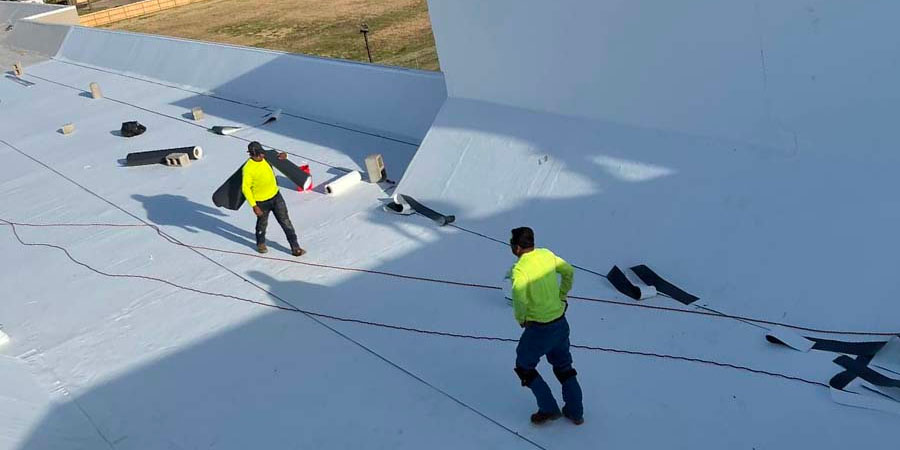
Roof damage is often left behind by natural disasters – a common cause of roof damage – making it one of the problems that commercial property owners face in Tulsa.
This is why choosing the right roofing material when it comes to roof repair or replacement becomes very necessary when dealing with a damaged roof.
Before proceeding with repairing or replacing the damaged roof, it is important to learn more about your insurance coverage.
This detailed guide will help commercial proprietors who have experienced roof damage – on what they need to know to rebuild and restart back on their feet.
Roof Damage Due to Natural Disasters
Commercial roofs in Tulsa are very susceptible to damage caused by natural disasters like storms, tornadoes, hailstorms, and heavy winds.
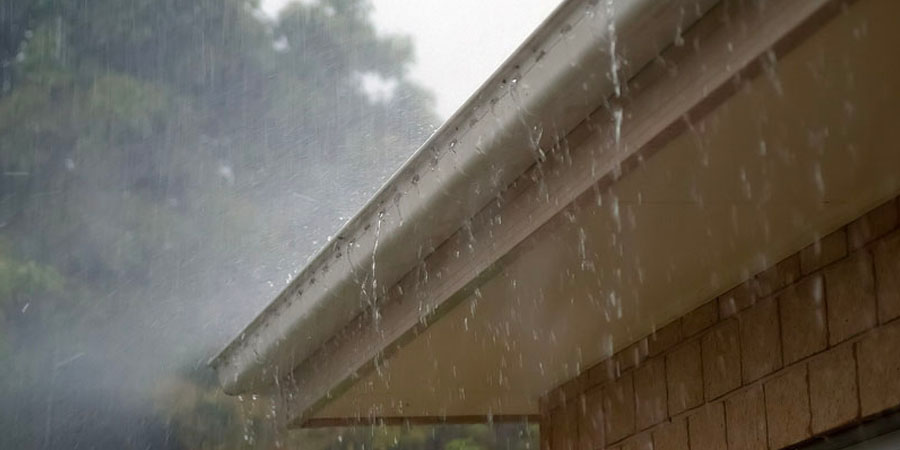
Missing or damaged shingles, punctures, roof leaks due to heavy rains or even serious structural problems can be attributed to these events.
The next step after one has surveyed the damages caused by a natural disaster is determining which is the best roofing to use in either replacing one’s damaged roof or repairing it.
Insurance Coverage
It is vital that you know your insurance coverage when your commercial roof gets damaged.
Insurance policy helps in reducing the financial obligation that may come along with a new roof installation or repair.

Reviewing Your Policy
The first thing that you need to understand about your insurance coverage is to read your policy carefully.
Ensure you carefully go through the stated terms paying special attention to those that deal with property damages like damage from the roofs.
Make sure you understand what risks are covered – from the small flat roof leaks due to heavy rain to overall roof replacement – the amount required as a deductible, the limits, and exclusions involved.
The obtained knowledge will give a strong grounding for conducting claims and making rightful decisions.
Coverage for Natural Disasters
Commercial property owners in Tulsa are always worried about insurance coverage against roof damages from natural occurrences.
Such policies normally insure against risks like storms, thunderstorms, tornadoes, hailstorms, among other wind-related events.
It is important to note that the details of a specific policy would depend on the provider and level of coverage selected.
However, some policies will give a total cover to all categories of natural disasters while others can have some exclusion and limits on certain types of catastrophes.
Deductibles and Claims Process
The deductibles, which is the money that you have to pay yourself prior to insurance taking over.
It is significant for you to understand the amount of your deductible since it would determine how much you would have to pay out-of-pocket following roof damage.
Find out if your policy features a fixed dollar amount deductible or a percentage-based deductible.
Knowing what is needed in terms of documentation as well as having a clear understanding of the time frame of making their claims can go a long way in facilitating the process and fast-tracking the resolution process.
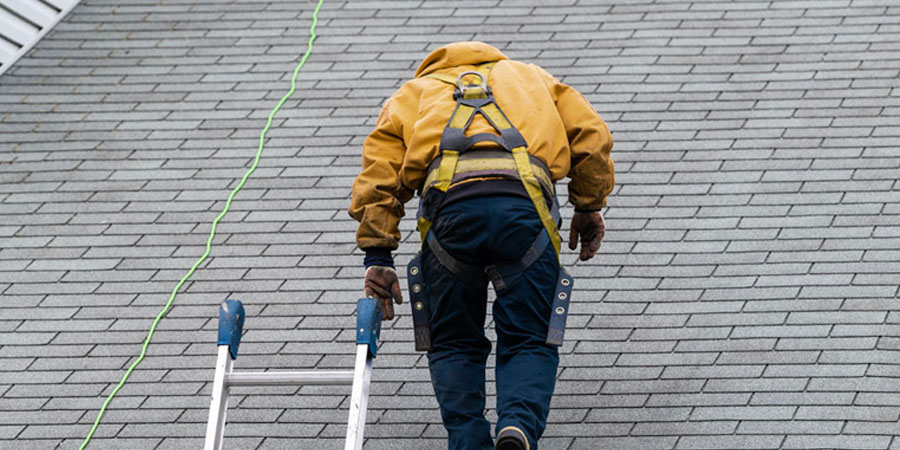
Impact on Roofing Material Choice
Your insurance coverage may be affected by it and influence the choice of roofing materials you need either to replace or renovate.
Some policies might only cover a particular type of roofing material or even limit how much money they pay for certain materials.
Therefore, you should talk with your insurance provider to determine what is covered and where other conditions such as health requirements or regulations come in.
Selecting the appropriate roofing material is essential for your financial protection and reducing extra cost.
Consulting with Your Insurance Agent
The best time to seek the opinion of an insurance agent on matters regarding coverage for roof damage.
They can help you understand your policy better, guide you with regard to the claims process as well as give specialized advice based on your policy.
It is important to discuss your coverage with an agent so that you may better understand the details of your policy, raise any questions or concerns you may have, and resolve any ambiguities.
Moreover, they inform one of the possible additions and supplementary coverages for better security.
Comprehensive List of Roofing Materials
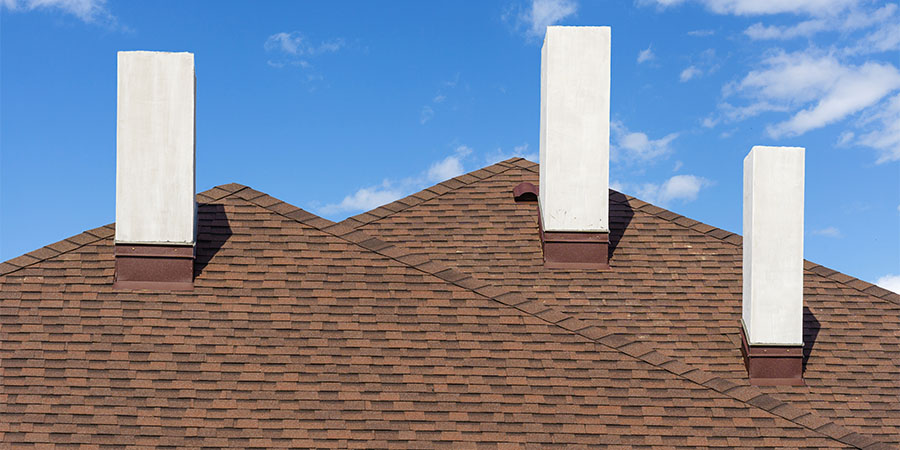
Asphalt Shingles:
The most widely used and inexpensive material for commercial buildings is asphalt shingles.
These are strong, easy to assemble, and come in multiple colors and designs.
The shingle is made of asphalts and it provides a good resistance for strong wind, although it has an average period of lifetime and moderate power of resistance to hail stones.
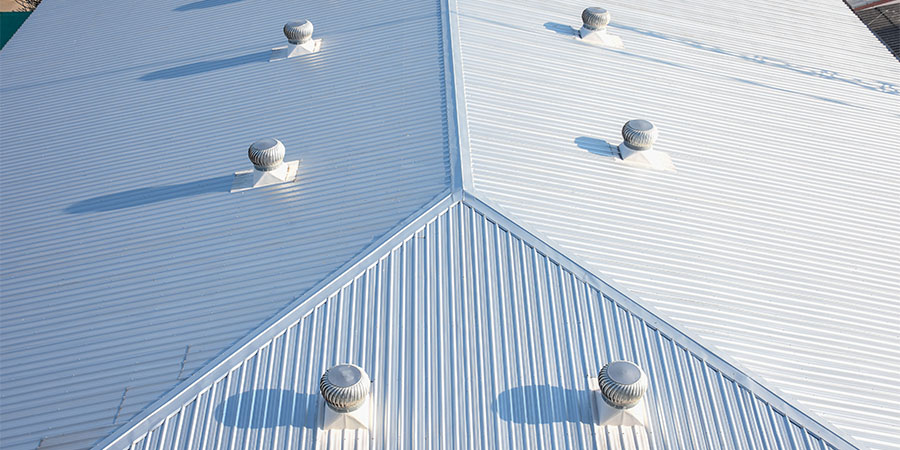
Metal Roofing:
Lately metal roofing has gained popularity because of its ability to last longer, durability and its efficiency in terms of saving energy.
These roofs are capable of resisting extreme weather conditions such as hurricanes, heavy rains, thunderstorms, snow, and heavy winds among other harsh forces like hails.
There are many different types of them, they have a long service life and very small need for servicing.
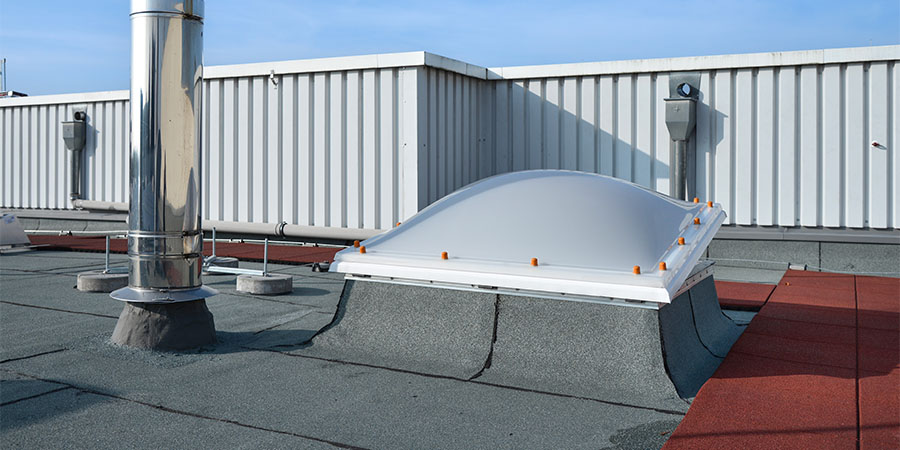
Modified Bitumen:
The common type of modified bitumen roof systems can be applied on the flat or low-slope roofs of commercial buildings.
These are composed of asphalts modified with other materials intended to increase lifespan and flexibility.
Modified bitumen roofs are resistant to hail, wind, and UV-rays.
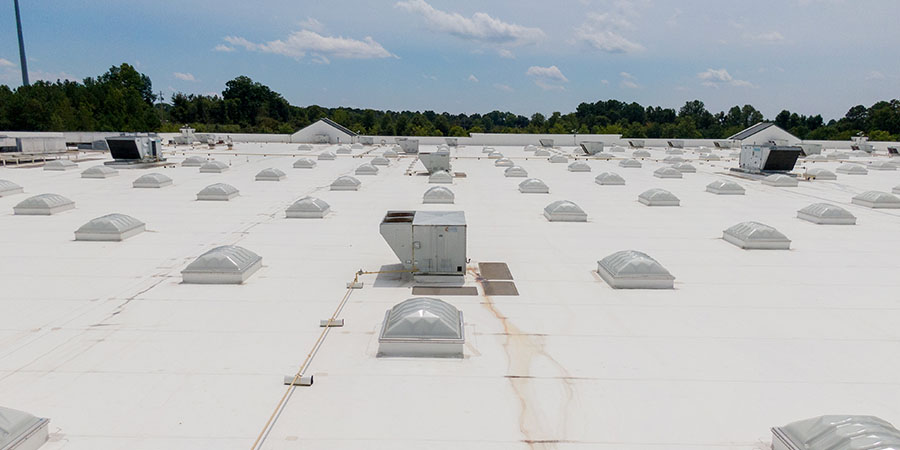
TPO (Thermoplastic Olefin):
TPO roofing refers to a single-ply membrane that gives efficient, energy saving and long lasting quality roofing solutions.
TPO sheets are reflective and save on energy usage while having a good tolerance for weather components such as hail and wind.
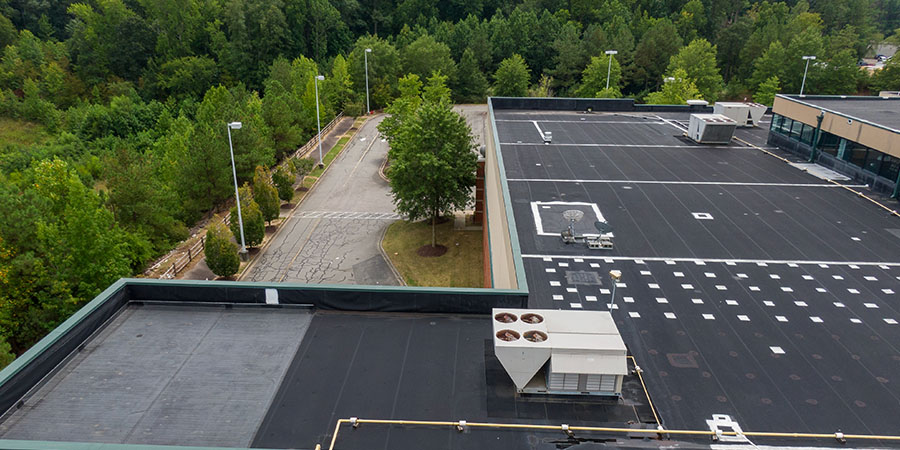
EPDM (Ethylene Propylene Diene Monomer):
Since EPDM roofing is quite durable, with minimal maintenance needs, and able to resist hail, wind, and UV damage, it presents an appropriate choice for most commercial properties.
These types of roofs are durable and flexible.
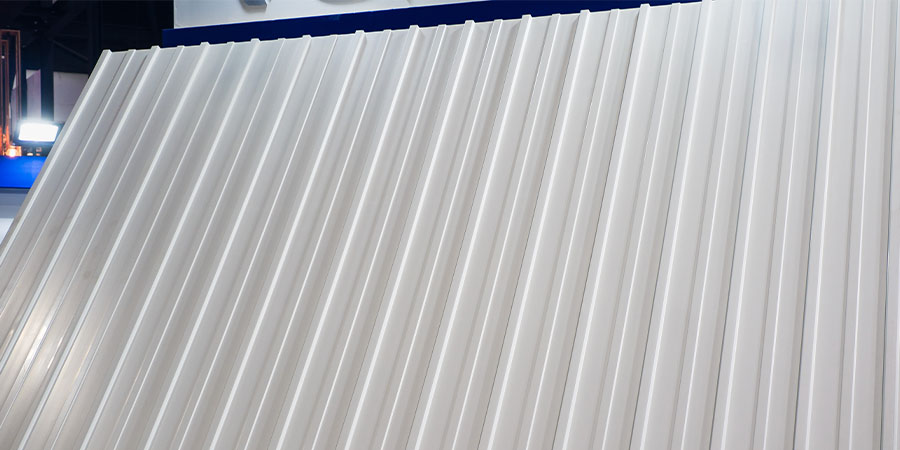
PVC (Polyvinyl Chloride):
This is because PVC roofing membrane has extreme durability, it is resistant to chemicals and also it reflective.
These are resistant to wear such as due to hail and wind elements.
The energy efficiency is very high, while the roof provides a long life span as well.
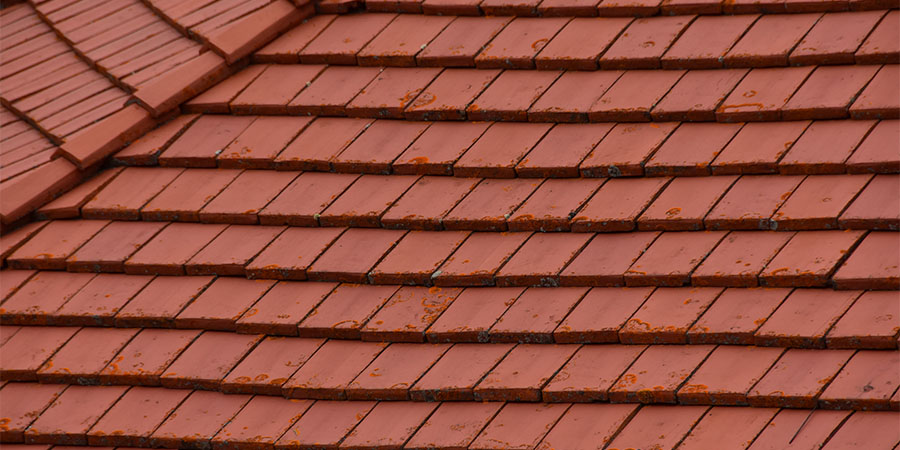
Slate and Tile:
As such, slate and tile roofs are highly durable, long lasting, and beautiful.
This means that they have high resilience towards severe weather for example hail and wind.
Although they are costly in their initial installation, slate and tile roofs would provide commercial spaces with an enduring and unique solution.
Conclusion
In selecting the most suitable roofing materials after an occurrence of a disaster in a commercial building, one should consider factors like strength and suitability to climatic conditions involved, cost implication of maintenance and affordability.
Talking to an established roof contractor will offer direction and hence you will find an appropriate roof that suits your preference.
Look no further, you can contact Protech Roofing today and entrust your roof repair needs to their experienced team.
Need Help With Roof Maintenance?
Pro-Tech Roofing services all of northeast Oklahoma, including the communities: Tulsa, Bartlesville, Bixby, Broken Arrow, Jenks, Catoosa, Coweta, Claremore, Collinsville, Glenpool, Grand Lake, Inola, Mounds, Muskogee, Oologah, Owasso, Pryor, Skiatook, Sand Springs, Sapulpa, Tahlequah and Wagoner.
We provide residential roofing services in Tulsa and throughout northeast Oklahoma. View a more complete gallery of Oklahoma roofing projects.
If you need roofing in Tulsa or any Oklahoma community, give us a call at (918) 250-7663 or contact us here.
